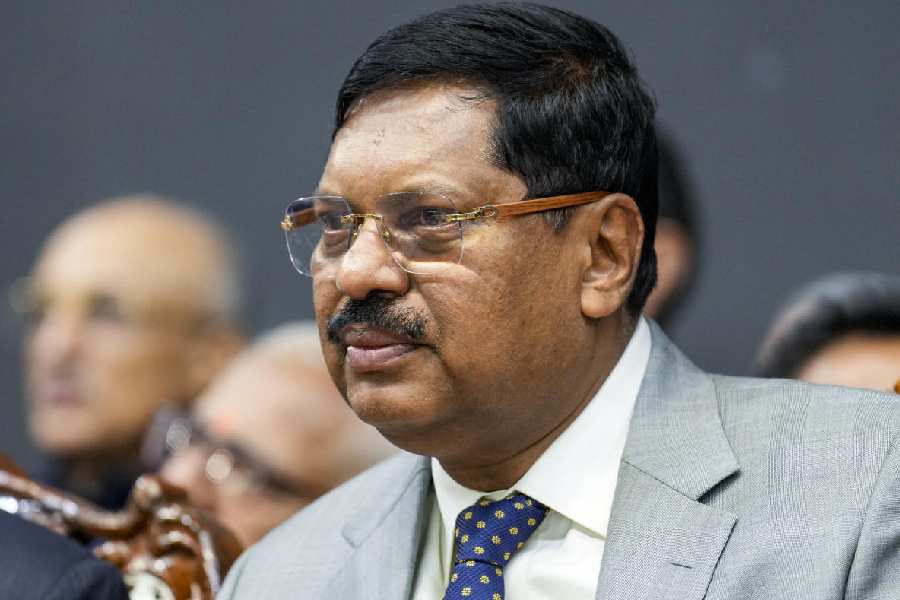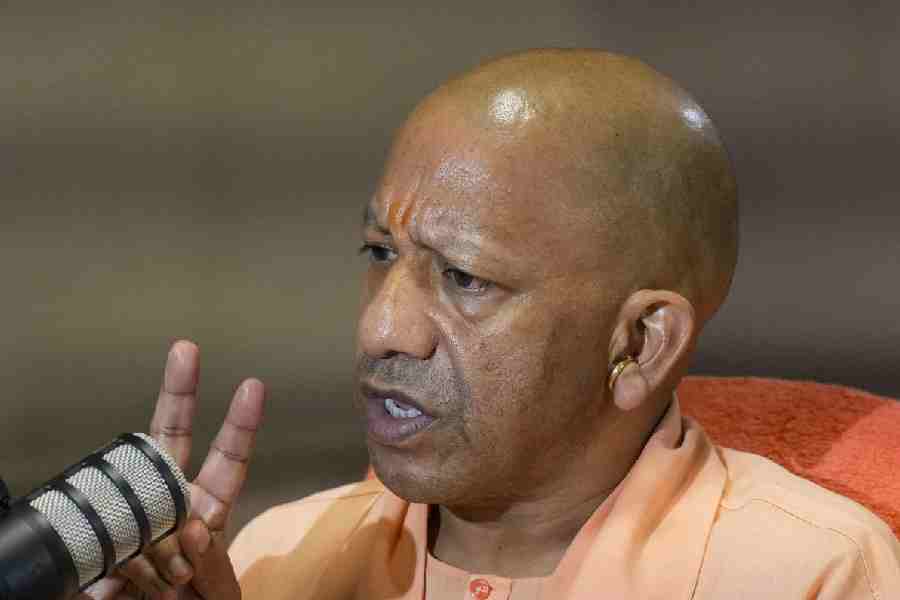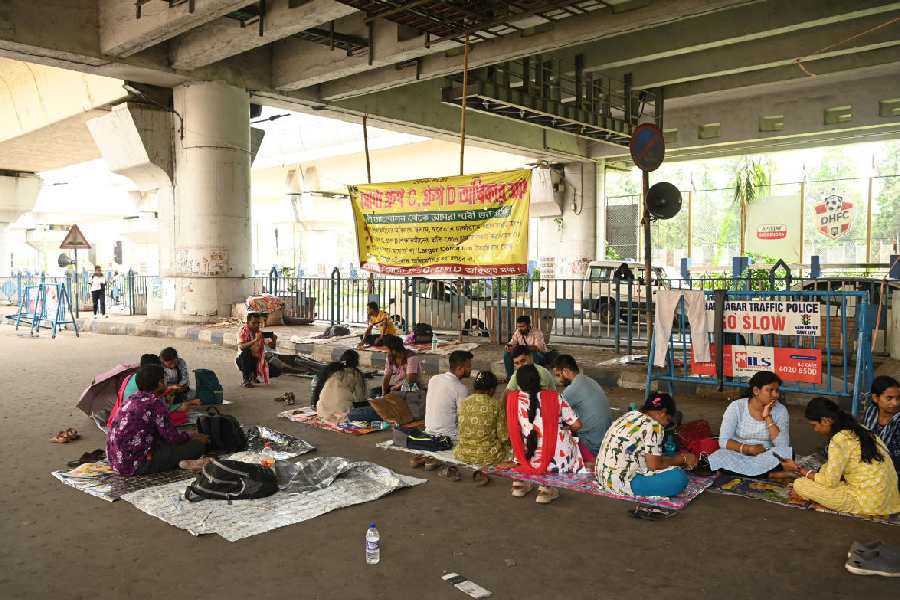 |
| Sunderlal Bahuguna during the news conference at the Guwahati Press Club on Monday. Picture by Eastern Projections |
Guwahati, Nov. 2: Chipko movement leader Sunderlal Bahuguna is touring the Northeast to create awareness on the ecology of the fragile Himalayan region and the need to protect it.
Bahuguna arrived here today and will be in the Northeast till November 13.
He and his team members will meet the members of civil society organisations from different states of the region.
The Chipko movement is a socio-ecological movement that practises Gandhian methods of non-violent resistance, through the act of hugging trees to protect them from being felled.
Sikkim, Arunachal Pradesh, Nagaland, Manipur, Tripura, Meghalaya and two hill districts of Assam fall in the Indian Himalayan region.
The Indian Himalayan region, with an area of over 5.37 lakh square km, constitutes a significantly large proportion of the Himalayan bio-diversity hotspot.
Bahuguna has come to the region under the Save Himalaya, Save Water, Save Life Movement, by an organisation of like-minded individuals working to saving the Himalayas.
“We should come together to save the Himalayas and we want to know the views of the people,” Bahuguna said at a news conference today.
“The problems could be different in each state and we want to hear from each of them,” he said.
The team will go to Shillong tomorrow followed by Itanagar, Imphal, Kohima and Gangtok. The team also plans to visit China.
It will draw a new, more humane and ecologically sensitive development plan for the Himalayan region, which will later be submitted at a meeting in New Delhi before the government heads.
The campaign started in Jammu and Kashmir on September 30 and the team has held meetings with different civil society groups, primarily environment groups and government representatives.
The climate change regime and global warming has led to the melting of glaciers in the Himalayan region.
The climate change situation also threatens to raise the sea levels worldwide and force millions of people to flee from low-lying areas.
Similarly, in the dry seasons, the flow in the rivers will be drastically reduced, leaving millions without adequate water.
Kishore Upadhyay, the convenor of the Save Himalaya, Save Water, Save Life Movement, said there should be an international agenda to save the Himalayas.
The Governance for Sustaining Himalayan Ecosystem document of the ministry of environment and forests says that managing the Himalayan ecosystem is critical not only to preserve its pristine beauty and spectacular landscape, but also to ensure the ecological security of the entire Indian sub-continent.
The report says that ensuring the sustainable development of this region is a challenging endeavour, and there are no easy straitjacket solutions. “We have to innovate and ensure that good practices are adopted after suitable adaptation to local conditions,” it adds.










